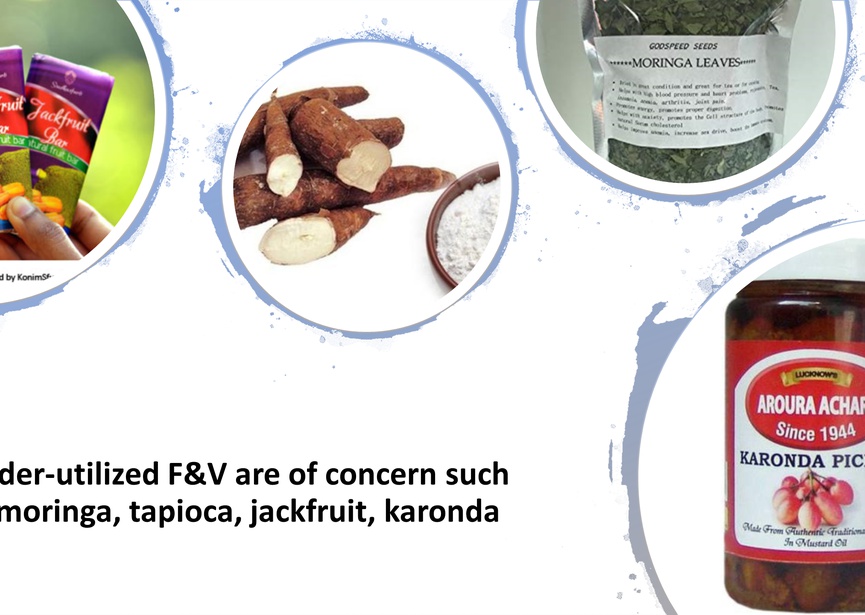

Team SAMADHAN involves a group of strongly motivated young agricultural professionals from India. SAMADHAN will contribute by developing innovative sustainable agriculture methods with a vision of procuring food for the poor and help achieving zero hunger. Speculating the cause, our team aimed to curb the situational ebb by adopting sustainable agriculture methods so that the country can procure food for poor in right proportion thus help in defeating hunger .
Equipping farmer cooperatives with high-pressure processing (HPP) equipment for post-harvest value addition of F&V and enhancing their perishable life with inclusion of micro-cold-transport systems. Especially under-utilized F&V are of concern such as Moringa, tapioca, jackfruit, karonda. It is so because they require less inputs to grow and easily affordable for farmers and due to high nutritional significance post-harvest addition followed by selling in urban markets will help them in earning well. This could be helpful even more if the cooperatives get the equipment at a subsidized price. India is a second largest producer of F&V, and still find our produce being dumped. The perishability of the F&V produce (to be transported at long distances) can be extended by promoting cold storage points at certain checkpoints on highways near petrol pumps for long distance Reefer trucks, so that spoilage is reduced. Enabling battery-operated AC refrigerated cold carts is another option to raise the shelf-life of produce in a country like India where food loss is high due to lack of cold storages. This is going to help both the fruit and vegetable vendors and farmers who lose their price by selling altogether to middlemen to get rid of the low price. This innovation needs technological interventions and spreading more awareness of consumption pattern at the local scale. Subsidizing farmers cooperatives will make them self-reliance and self-sustainable in adding the value to their fruits and vegetables. They produce more than enough produce to meet the urban demands but couldn’t get the fair price for their produce and that can be done with the help of post-harvest value addition.

Especially under-utilized F&V are of concern such as Moringa, tapioca, jackfruit, karonda. It is so because they require less inputs to grow and easily affordable for farmers and due to high nutritional significance post-harvest addition followed by selling in urban markets will help them in earning well.
View document